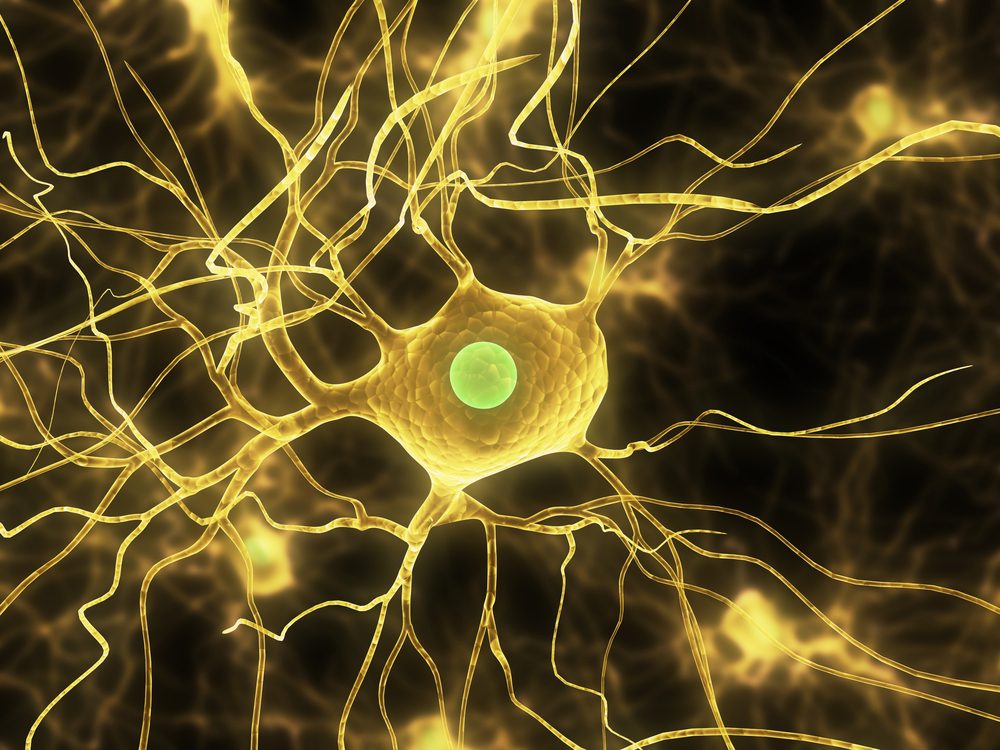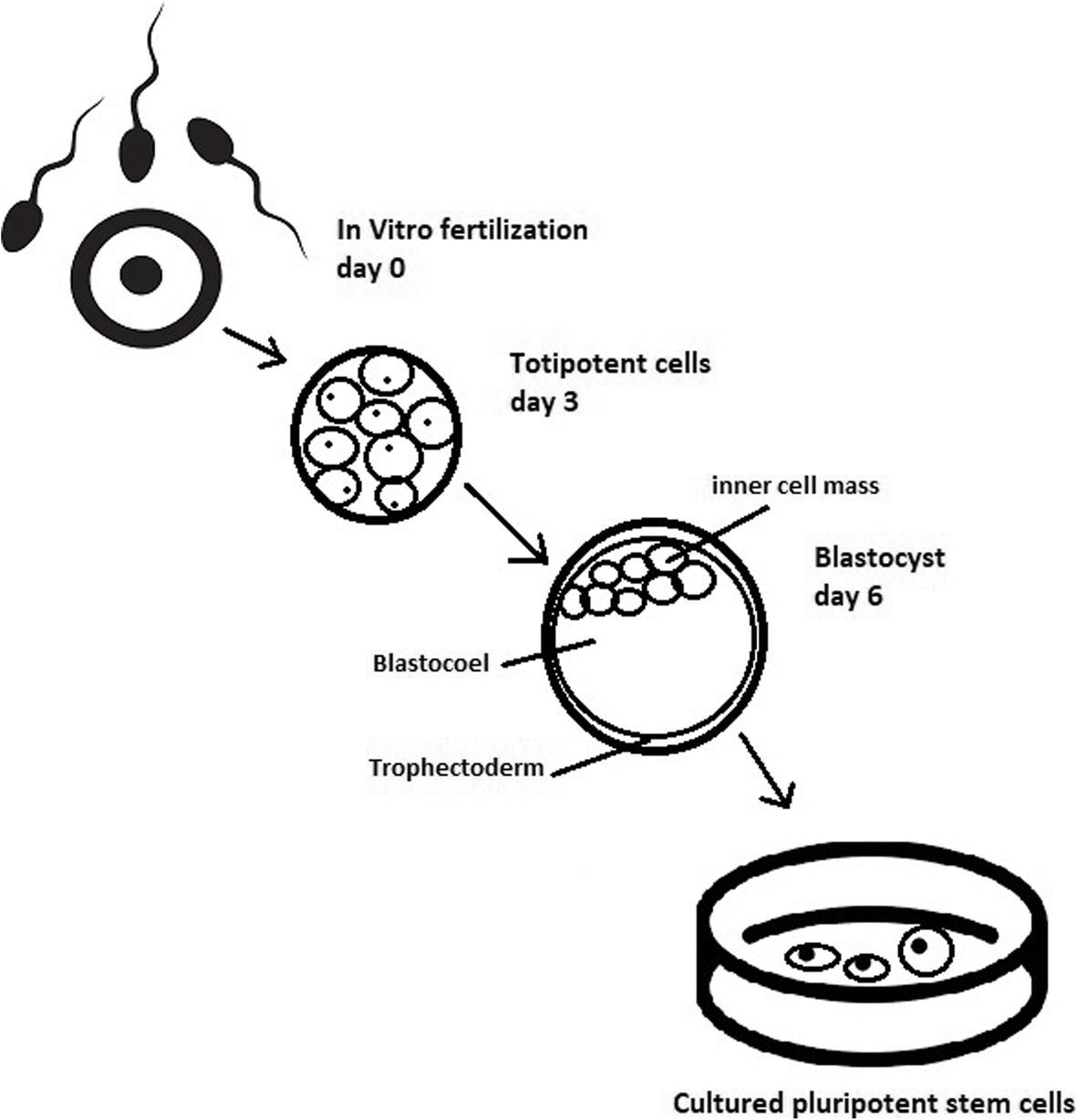Table of Contents

[/image][=video]
[/video]
There are numerous kinds of stem cells. In basic, the term stem cell describes a group of cells that give rise to various other cells (like skin, blood, heart, and muscle cells) by duplicating and setting apart in reaction to chemical cues. Totipotent stem cells show up at the earliest phase of development and are the only stem cells which can produce embryonic stem cells and the placenta.
Bone marrow transplant (BMT) is a special treatment for people with specific cancers or various other conditions. A bone marrow transplant entails taking cells that are generally found in the bone marrow (stem cells), filtering system those cells, and providing back either to the benefactor (client) or to an additional person. The objective of BMT is to transfuse healthy and balanced bone marrow cells right into a person after his/her very own harmful bone marrow has actually been dealt with to eliminate the abnormal cells.
Bone marrow is the soft, squishy cells discovered inside bones. It is where the majority of the body's blood cells establish and are saved. The blood cells that make other blood cells are called stem cells. The most primitive of the stem cells is called the pluripotent stem cell. This is different than other blood cells when it come to the adhering to homes: It is able to reproduce an additional cell identical to itself.
It is the stem cells that are needed in bone marrow transplant. The objective of a bone marrow transplant is to heal numerous diseases and sorts of cancer cells. When the dosages of radiation treatment or radiation required to treat a cancer cells are so high that a person's bone marrow stem cells will certainly be permanently harmed or destroyed by the therapy, a bone marrow transplant may be required.
Stem Cell Therapy servicing Southfield
This procedure is usually called rescue. Replace bone marrow with genetically healthy and balanced working bone marrow to avoid more damage from a hereditary condition procedure (such as Hurler's disorder and adrenoleukodystrophy). The risks and advantages should be considered in a detailed discussion with your healthcare company and specialists in bone marrow transplants before the procedure.
There are different sorts of bone marrow transplants depending on who the donor is. The different kinds of BMT include the following: The benefactor is the patient himself or herself. Stem cells are drawn from the patient either by bone marrow harvest or apheresis (a procedure of gathering outer blood stem cells), frozen, and after that returned to the client after extensive therapy.
The contributor shares the very same hereditary type as the patient. Stem cells are taken either by bone marrow harvest or apheresis from a genetically matched donor, generally a bro or sibling. Various other benefactors for allogeneic bone marrow transplants might include the following: A haploid-identical match is when the benefactor is a parent and the genetic suit is at least half the same to the recipient.

Matching involves typing human leukocyte antigen (HLA) cells. The antigens externally of these unique leukocyte identify the hereditary makeup of an individual's body immune system. There go to least 100 HLA antigens; however, it is thought that there are a couple of major antigens that figure out whether a contributor and recipient suit.
Clinical study is still examining the role all antigens play in the procedure of a bone marrow transplant. The more antigens that match, the far better the engraftment of contributed marrow. Engraftment of the stem cells takes place when the contributed cells make their means to the marrow and begin making brand-new blood cells.
Menopause Therapy
All individuals interact to offer the very best chance for an effective transplant. The team includes the following: Medical care suppliers that focus on oncology, hematology, immunology, and bone marrow transplant. A nurse that arranges all aspects of care provided before and after the transplant. The nurse planner will certainly provide person education and learning, and coordinates the diagnostic screening and follow-up treatment.
Specialists that will certainly help you satisfy your dietary requirements before and after the transplant. Numerous various other group members will examine you prior to hair transplant and will certainly offer follow-up treatment as needed.

A total case history and physical examination are executed, including numerous examinations to assess the client's blood and organ functions (for instance, heart, kidney, liver, and lungs). A patient will commonly come right into the transplant facility approximately 10 days before transplant for hydration, examination, placement of the main venous line, and various other prep work.
For an allogeneic transplant, an ideal (cells typed and matched) contributor needs to be available. Voluntary marrow benefactors are registered in several nationwide and global computer registries.
Donor resources readily available include: self, brother or sister, moms and dad or loved one, nonrelated person, or umbilical cord from a relevant or nonrelated person. There are nationwide and worldwide pc registries for nonrelated people and cord blood.
Perimenopause Treatment
Examinations connected to his/her health, exposure to infections, and genetic evaluation will certainly be done to figure out the level of the match. The contributor will certainly be given instructions on how a bone marrow contribution will be made. Once a suit for a client requiring a bone marrow transplant is located, after that stem cells will be collected either by a bone marrow harvest.
Or by an outer blood stem cell collection. This is where stem cells are gathered from the circulating cells in the blood. Of the two, peripheral blood stem cell contributions are currently more usual. Cord blood has actually currently been collected at the time of a birth and stored for later usage.
Navigation
Latest Posts
Regenerative Therapy
Regenerative Therapy in Southfield
Stem Cell Therapy